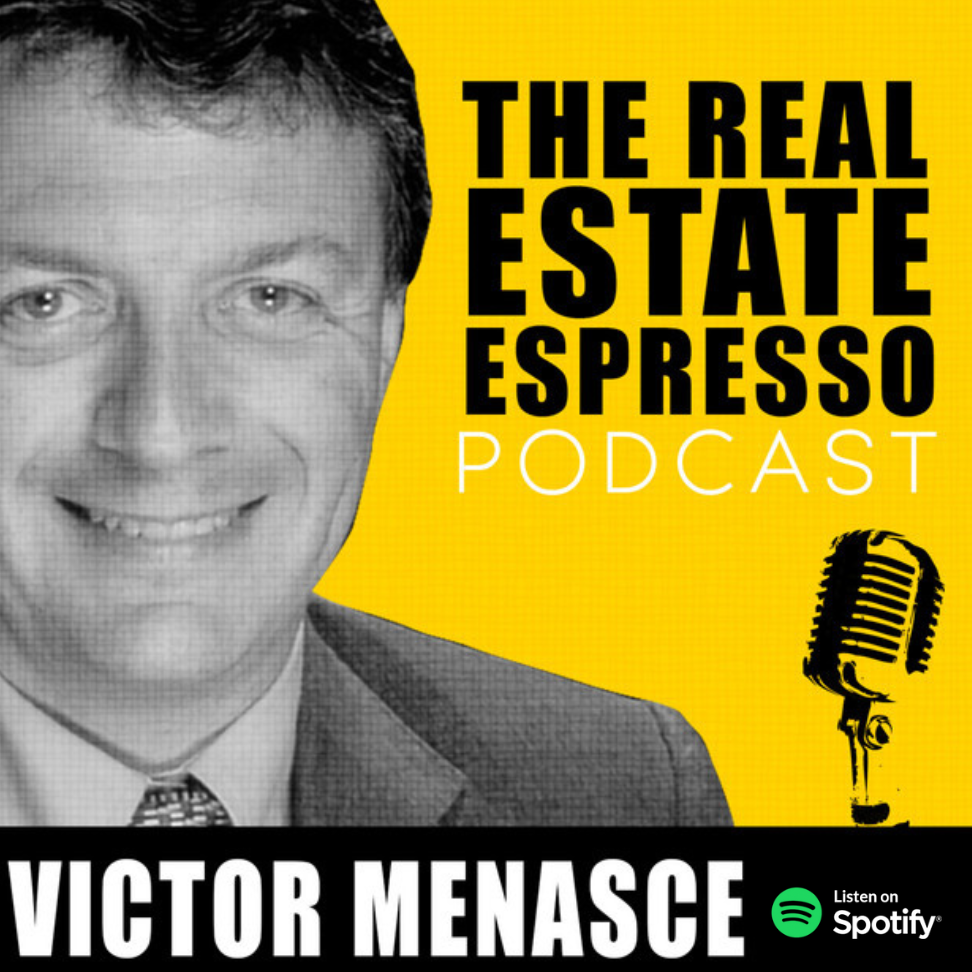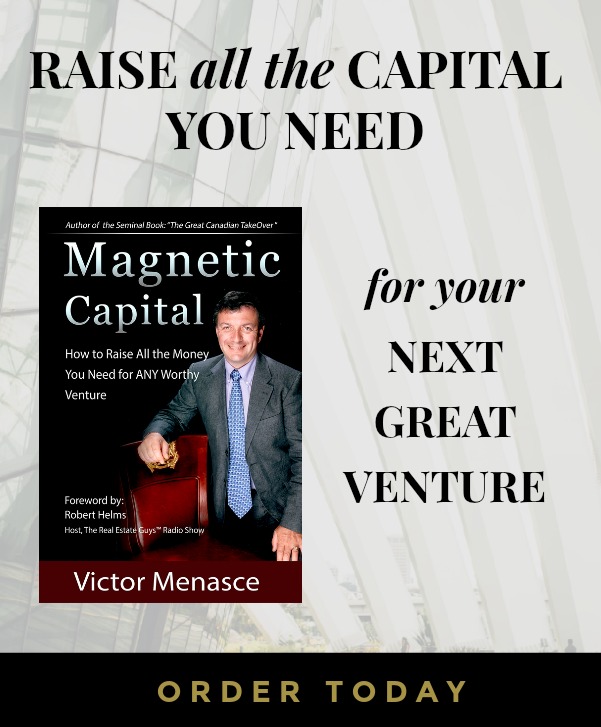The Power of 1031 Exchange In Real Estate Investing
In today’s interview on the Real Estate Espresso Podcast, I got the chance to sit down with Brandon Burns, an expert in 1031 Exchange from San Diego, California. Brandon brings a wealth of experience to a topic that remains at the heart of real estate investing.
An Unusual Career Path
Brandon began the conversation with a brief discussion about his unique career transition from the high margin side of real estate to the transactional low-margin side. Unlike many of his peers, who come from a title or similar background, Brandon’s journey began on the investment side of the business. He finds the new role a perfect fit, having been involved in over 4000 exchanges and earning a Certified Exchange Specialist designation—akin to a CPA in the accounting industry or a CFE in financial advising. His work centers around the constant flux in legislative changes, IRS-guided regulations, and helping clients navigate these complex terrains.
Legislative Changes And IRS Guidelines
As part of his role, Brandon noted that he continually keeps an eye on the changing proposals for legislative changes and new guidance from the IRS. He highlighted that the 1031 Exchange often becomes the subject of scrutiny during election seasons as both parties look for ways to fund their agendas. However, so far, no substantial changes have been made since the Tax Cuts and Jobs Act came into effect in 2018. This brought limitation in what could be 1031 exchanged—focusing strictly on land and immovable fixtures.
The Role Of The Certified Exchange Specialist
Brandon went further to describe his day-to-day role which often involves acting as an informative guide to clients, helping them make informed decisions. His most heartbreaking experiences, he shared, are when clients execute steps in incorrect order, such as selling a property before setting up an exchange, thereby leading to unnecessary taxable events.
Advanced Topics And Techniques
Towards the latter part of the interview, Brandon touched on more advanced topics such as the reverse 1031 exchange. In this model, buyers buy before they sell—removing the replacement risk and easing up stringent timings. However, Brandon also pointed out the flip side; complexities in legal and title work, increased costs and the challenge of attaining long-term financing, due to the temporary title situation. Despite these problems, he noted a trend in the growing popularity of reverse 1031 exchanges.
Conclusion
Brandon’s insights provide a clear window into the complexities, potential pitfalls, and strengths of using 1031 Exchanges and the crucial role of a Certified Exchange Specialist in navigating these waters. His advice and viewpoints are an invaluable resource for any real estate investor. Remember, in real estate investing, an informed decision is always the best decision.



